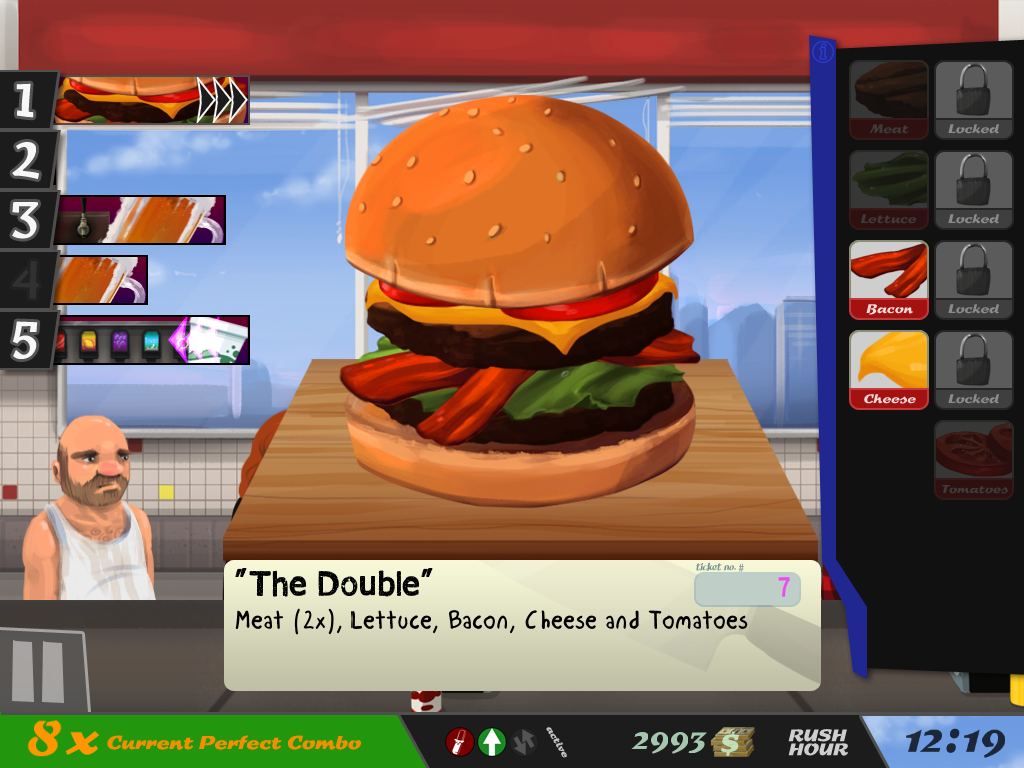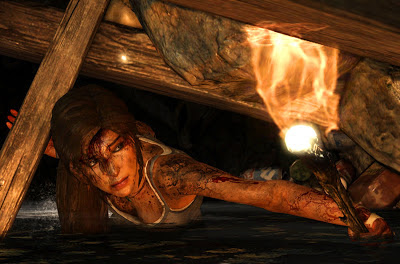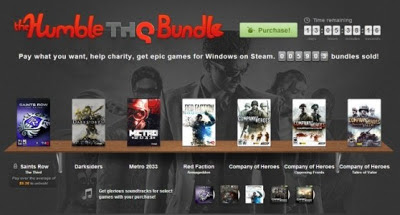January 18, 2013
In
Uncategorized
When I first opened my restaurant, I set my definition of “success” to mean survival. After more than a week in the restaurant game, I think that I can redefine “success” to mean more than just mere survival.
|
Day
|
Customers Served
|
Perfect Orders
|
Average Orders
|
Poor Orders
|
$ Earned
|
$ Tips Earned
|
Positive Buzz % Earned
|
Most Popular Item
|
|
1
|
55
|
53
|
1
|
1
|
361
|
0
|
26.5
|
Salad
|
|
2
|
64
|
62
|
1
|
1
|
432
|
18
|
27.0
|
Grilled Chicken Breast
|
|
3
|
68
|
63
|
2
|
3
|
477
|
2
|
31.5
|
Beer
|
|
4
|
58
|
57
|
1
|
0
|
456
|
12
|
28.5
|
Wine
|
|
5
|
63
|
63
|
0
|
0
|
482
|
8
|
31.5
|
Chicken
|
|
6
|
60
|
60
|
0
|
0
|
494
|
14
|
30
|
Wine and beer
|
|
7
|
58
|
57
|
1
|
0
|
504
|
18
|
28.5
|
Wine
|
|
8
|
54
|
53
|
1
|
0
|
438
|
8
|
26.5
|
Wine
|
|
9
|
54
|
54
|
0
|
0
|
472
|
18
|
27
|
Chicken
|
|
10
|
65
|
65
|
0
|
0
|
538
|
12
|
32.5
|
Salad
|
|
11
|
58
|
58
|
0
|
0
|
470
|
6
|
29
|
Soda
|
I started with a menu of beer, wine, salad, and grilled chicken breast, but I’ve expanded my menu in the past week. The menu expansion took place a little faster than I would like, but I hadn’t expected that my clients in SherriSoda Tower would grow tired of the chicken so quickly. I have to cycle it out of my menu every couple of days. At first, I introduced a soda fountain, which I eventually upgraded to include flavor blasts. That has been a big hit, and it remains a staple of my little restaurant. I then added lasagna to my menu, and it too was fairly successful. But it was a time intensive plate, and more importantly, it’s a labor intensive dish, since it requires creating three layers and adds more dishes to be cleaned. Even worse, it suffers menu rot just like my grilled chicken breast. I’ve since cycled in ice cream, a staple menu item, as my occasional replacement for chicken.
Since my business has been steady, I’ve begun to invest in the quality of my menu offerings. I first upgraded the quality of my beer from the cheapest beer my distributor would sell me to a more pleasant and expensive microbrew. Incidentally, I was able to increase the price of my beer from $5 to $8. As I mentioned, I’ve also introduced flavor blasts to my soda fountain, and I’ve also added thousand island salad dressing as an alternative to ranch dressing for my salads. Ranch dressing remains the more popular choice though.
I am beginning to have concerns about my clients. I love them because they pay me for my goods, but I am beginning to wonder if I am feeding their alcohol addictions. Frequently, I have customers who come in at 9 a.m. for a beer or a bottle of wine. I understand that SherriSoda Tower has workers in the night shift who may come in at 9 a.m. at the end of their shifts for a drink, but I don’t vet my customers. I am becoming very uneasy about this. The law of unintended consequences is hitting my conscience.
I’m also uneasy about how simply unhappy many of my customers look when they enter my restaurant. They are all satisfied by my food and my service; the positive buzz I’m accruing and the occasional praising e-mail from customers I receive can attest to this. However, there are no smiling customers, no customers dining in groups. My only customers are lonely, possibly depressed.
 |
| A typical customer. Note the stained clothing. He dines alone, like all my other customers. |
That said, one of my customers won the lottery and gave me a $250 tip, so not all of my customers are in dire straits.
I’ve also increased my restaurant’s efficiency by investing in table foods and a better air conditioner to increase my customers’ patience, a dishwasher to cut down on the amount of time I spend washing dishes, and a garbage disposal to decrease the amount of time I dedicate to hauling trash to the dumpster. In a different time, I probably would have just more staff. Instead, I invested in technology. So much for the idea that a small business owner is the country’s job creation engine.
I’ve also passed two safety inspections. I’m grateful, but I’m not exactly sure what the inspectors are using for criteria. Thankfully, I don’t have a rodent infestation, unlike some other parts of SherriSoda Tower, and I have yet to fail to clean my toilets, take out my garbage, or wash the dishes in a timely manner.
Finally, I’ve discovered some alternate revenue streams. When all my orders are executed perfectly, my mentor rewards me with $200, which seems to me right now like a sizable amount of money. I’ve also taken bets from an eccentric fellow named Crazy Dave about my performance. I’m not sure if he’s rooting for me to fail or to succeed; he’s certainly gambling that I won’t succeed. This is why I gladly took his money on his bets that I would not be able to serve 15 consecutive customers perfectly or that I would be able to serve 20 consecutive customers perfectly while I had salads and ice cream on my menu.
I still lack a grill, a stove, or a deep fryer, so my hot food options are limited to grilled chicken and lasagna. My strategy for now is to concentrate on raising funds so I can upgrade the quality of my wine and ice cream. They’ll generate revenue so I can begin to buy meat that I can then add to my lasagna or buy toilets that flush automatically.














